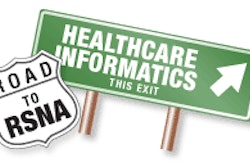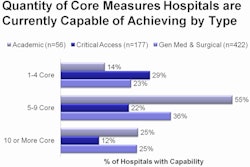Sunday, November 28 | 11:15 a.m.-11:25 a.m. | SSA11-04 | Room S403A
What chance does clinical decision-support software for ordering radiology procedures have of being universally accepted in the U.S.? An excellent chance, if more states would do what Minnesota has been doing for the past four years.In this Sunday morning scientific session, learn how a healthcare improvement initiative made Minnesota the poster child for the U.S. Centers for Medicare and Medicaid Services' (CMS) $10 million grant project to pilot the use of clinical decision-support software.
Cally Vinz, vice president of clinical products and strategy of the Institute for Clinical Systems Improvement (ICSI), a Bloomington, MN, nonprofit organization, will discuss how a 12-month pilot project has evolved into a statewide initiative and a model for the nation.
Claims for diagnostic imaging procedures had been increasing about 8% a year in Minnesota during the 2000s, a result of the increasing use of CT, MRI, PET, and nuclear cardiology exams. By 2006, most health plans in the state required preauthorization of these exams, and a general consensus by payors, providers, and radiologists existed that a better method was needed.
During calendar year 2007, 2,300 healthcare providers of five large medical groups and the health plans paying their claims participated in a year-long pilot program administered by ICSI. Appropriateness criteria from the American College of Radiology (ACR) were used to determine the efficacy of ordering a CT, MRI, PET, or nuclear cardiology exam. Preauthorization by health plans was not required if the ACR's evidenced-based criteria was utilized.
The results: The diagnostic quality of scans ordered in Minnesota improved in 2007 by 10%. Unlike prior years, there was a 0% increase in claims during 2007 compared to 2006, and the program achieved an estimated $28 million in cost savings from not ordering inappropriate exams.
This pilot convinced participants to implement a software-based decision-support program (RadPort, Nuance Communications, Burlington, MA) using a centralized evidence-supported appropriateness database that can be accessed either through a healthcare facility's electronic health record (EHR) system or via an Internet-based Web portal.
The program now covers half of insured residents living in Minnesota. In 2011, it will be expanded to cover potentially the entire population, including Medicare/Medicaid participants and individuals who are uninsured.



















